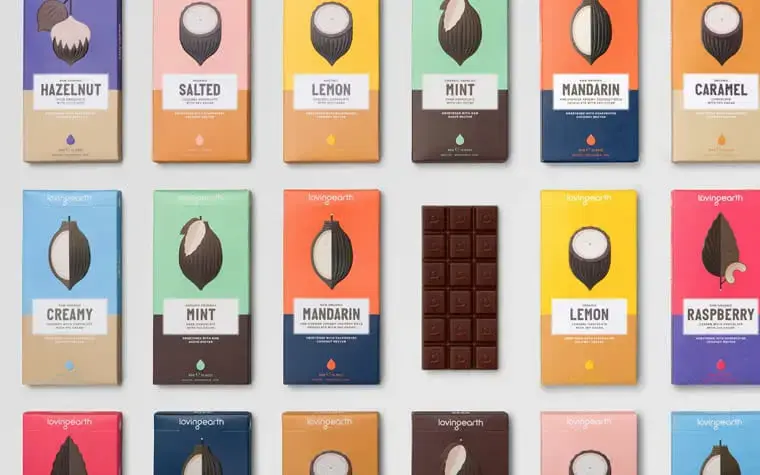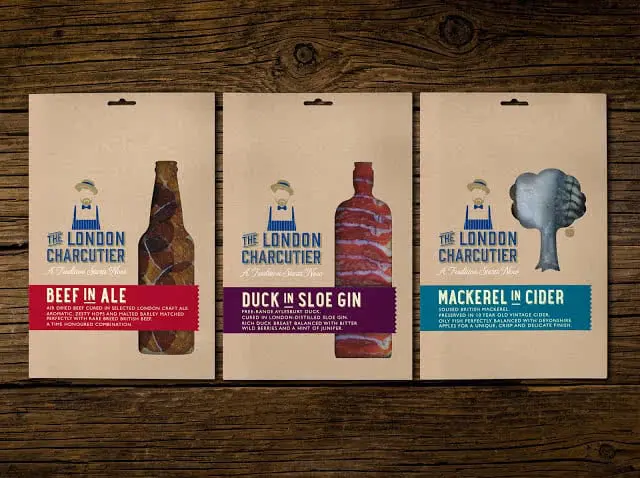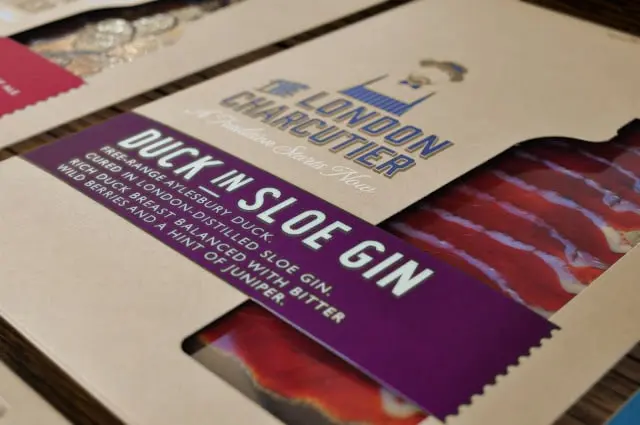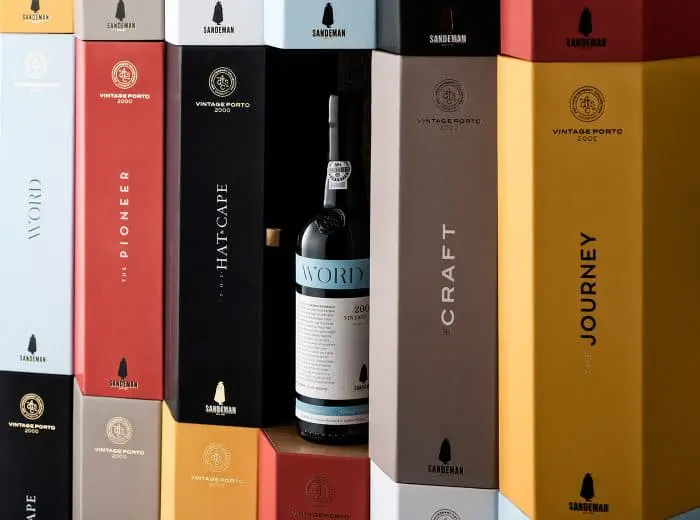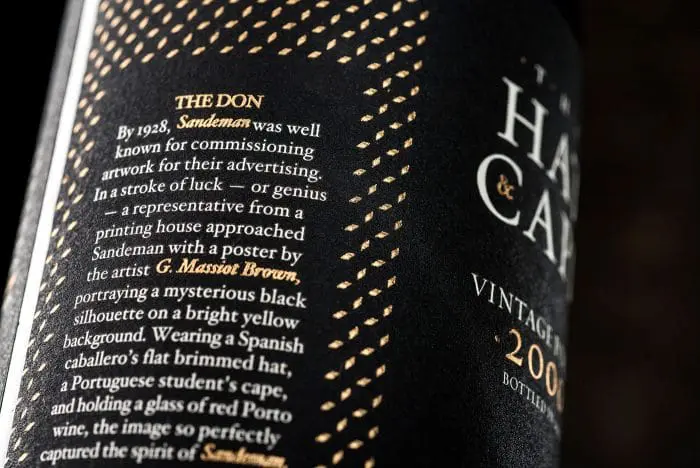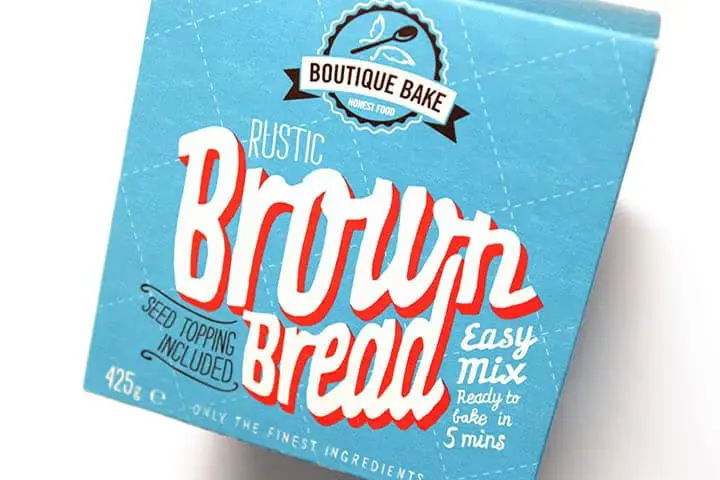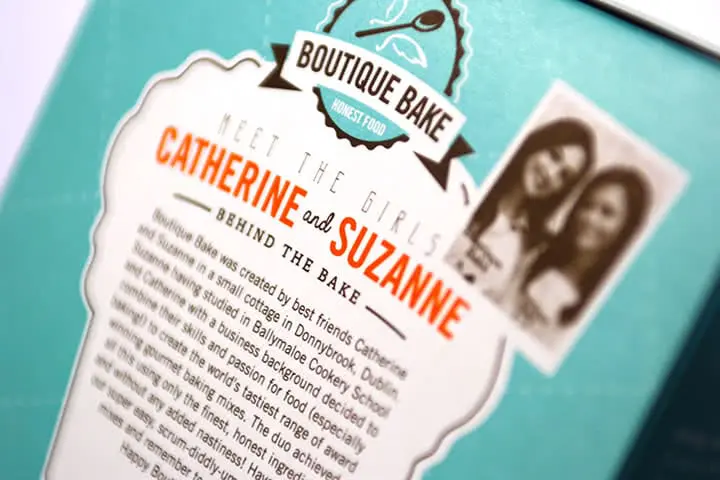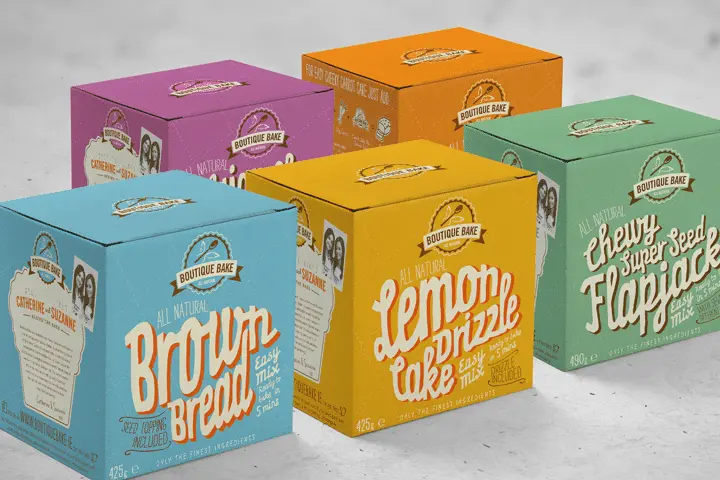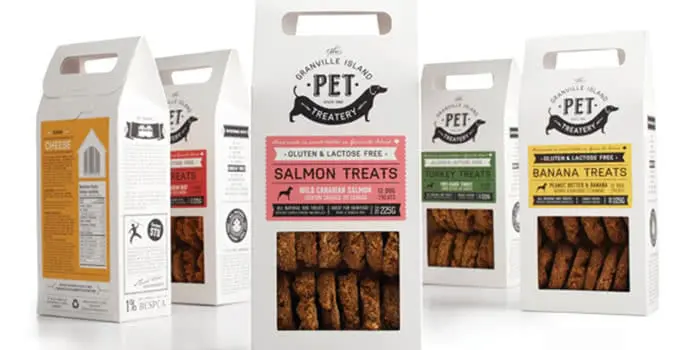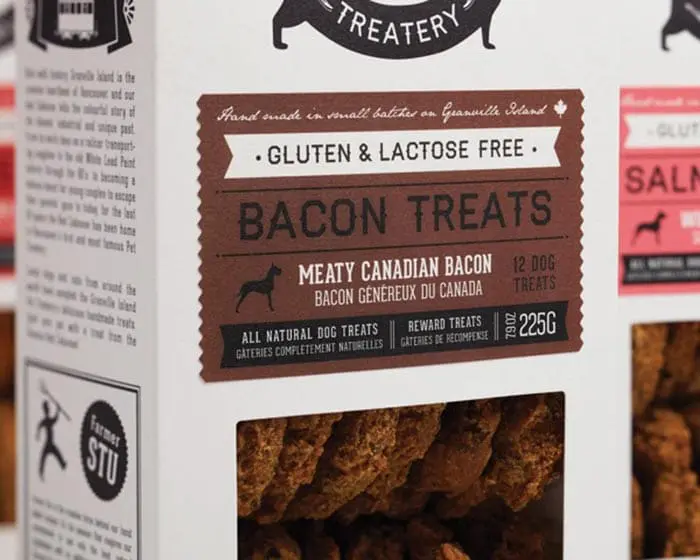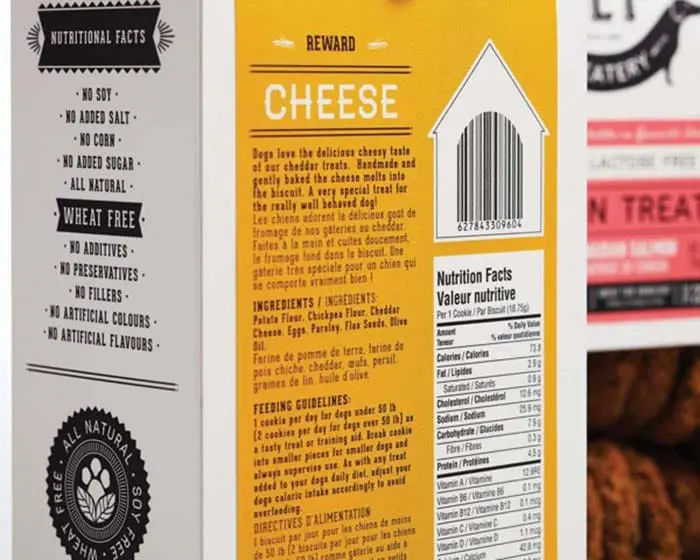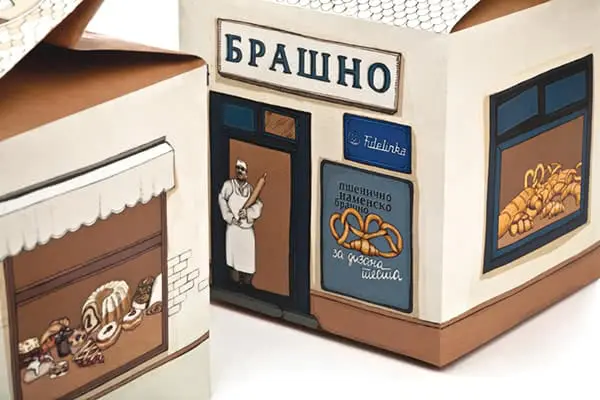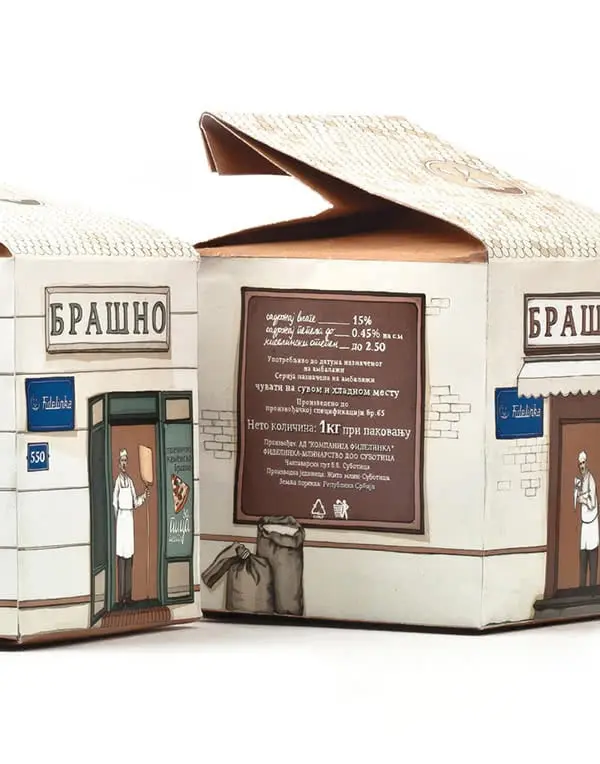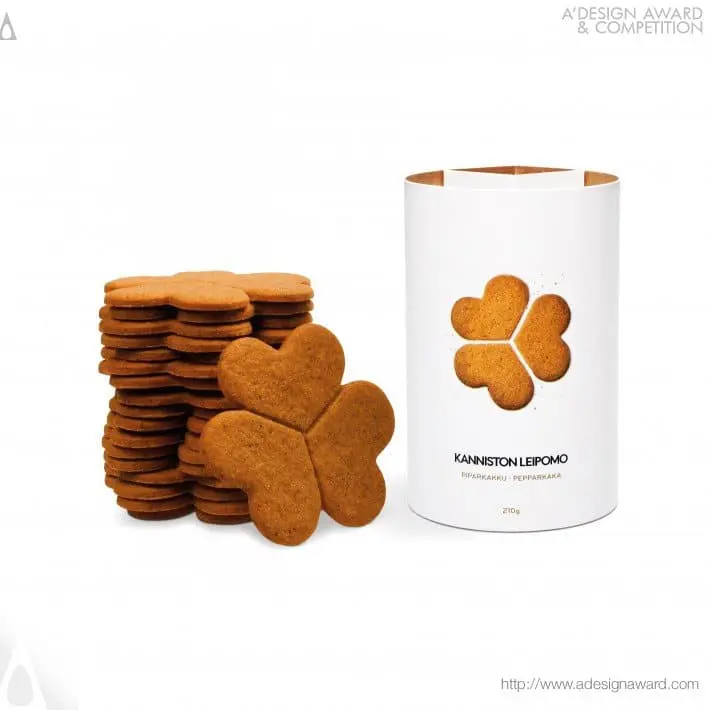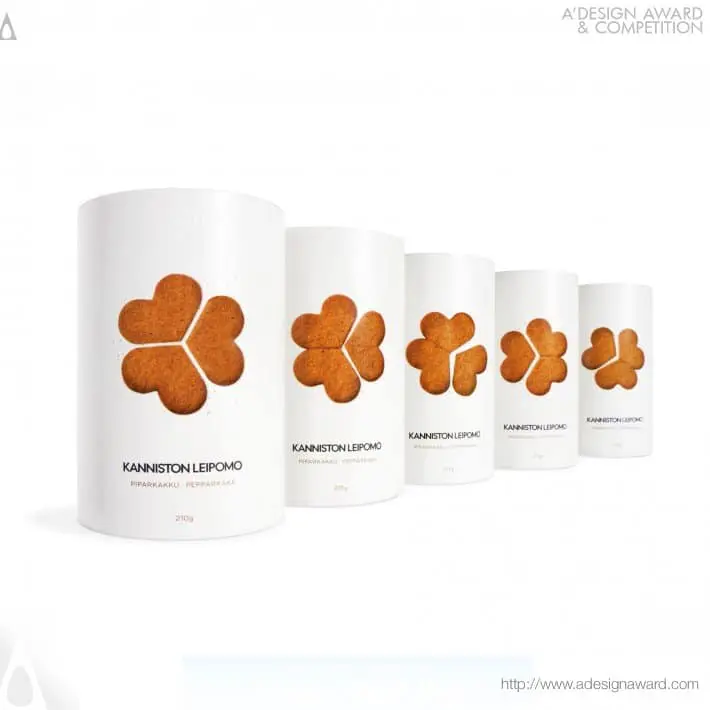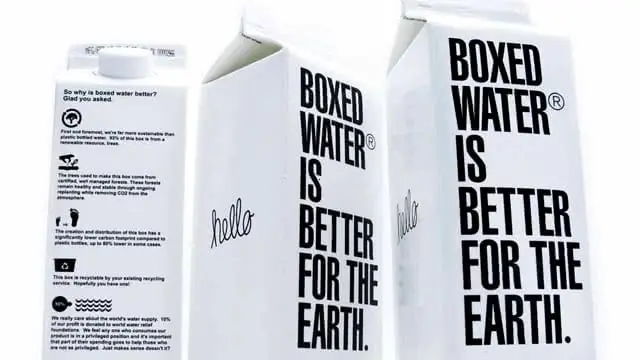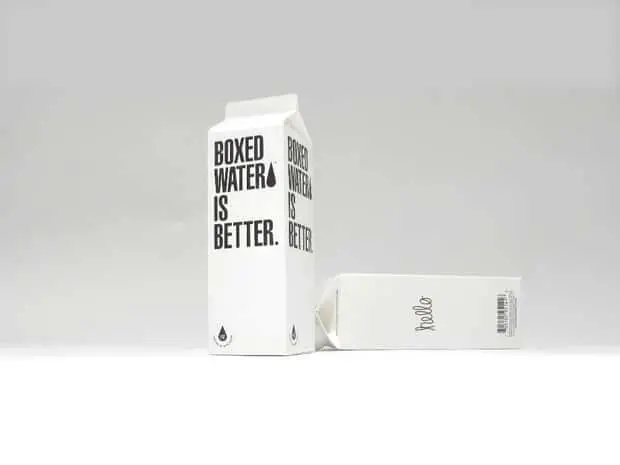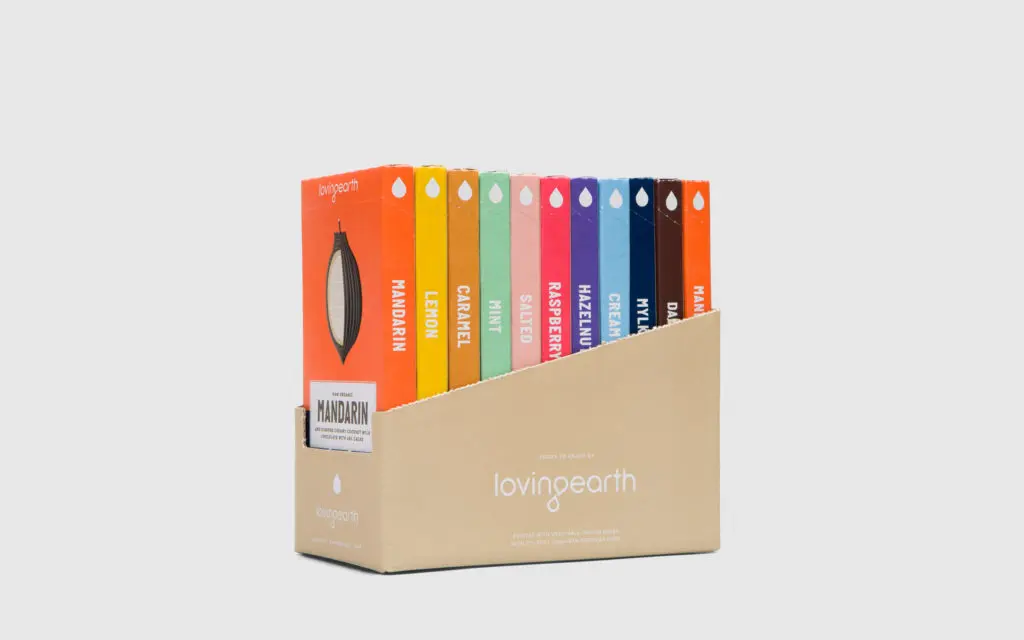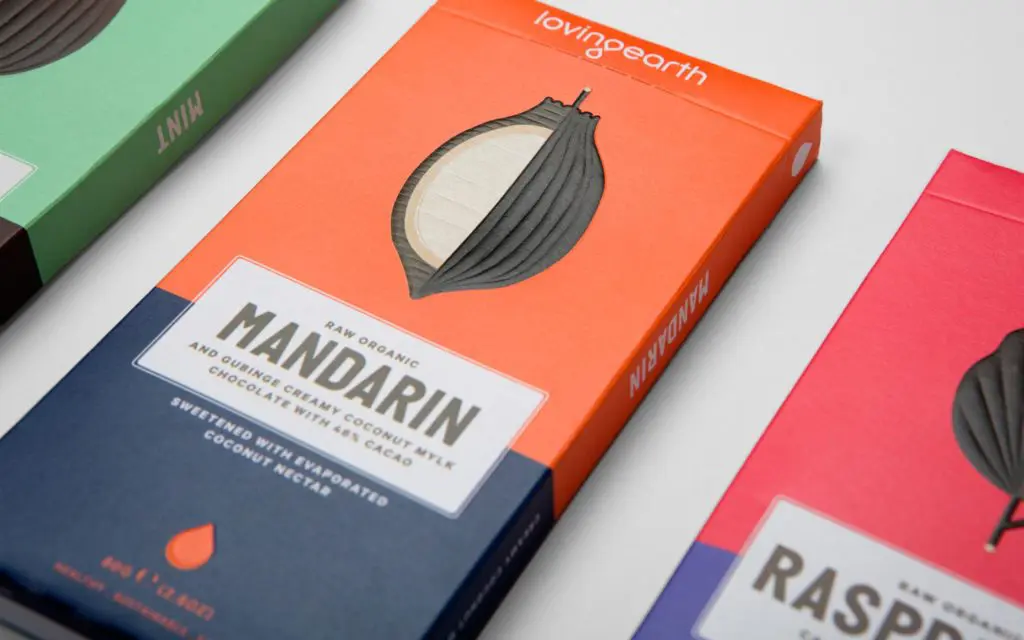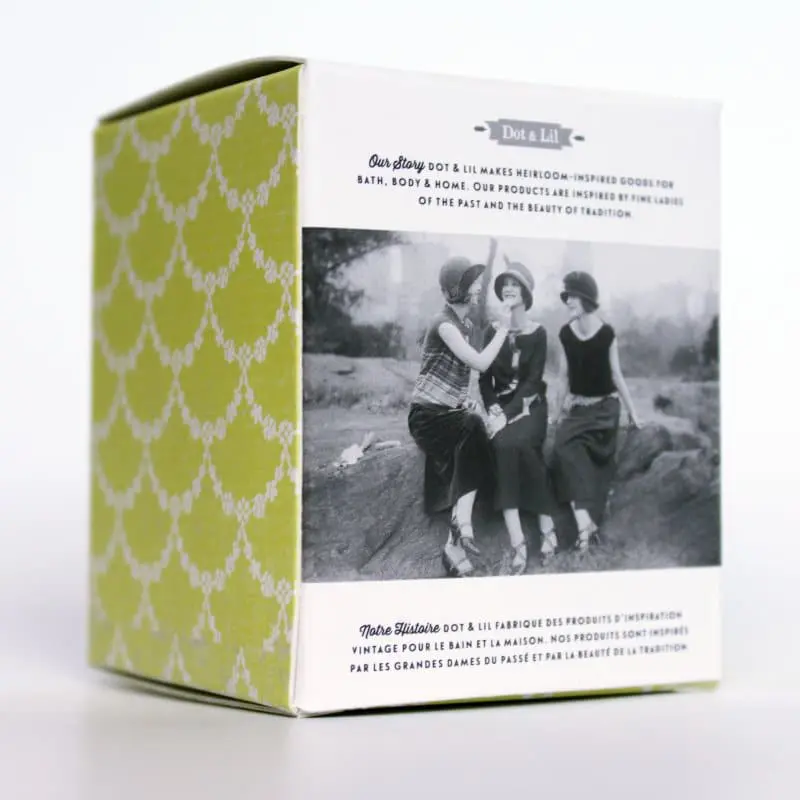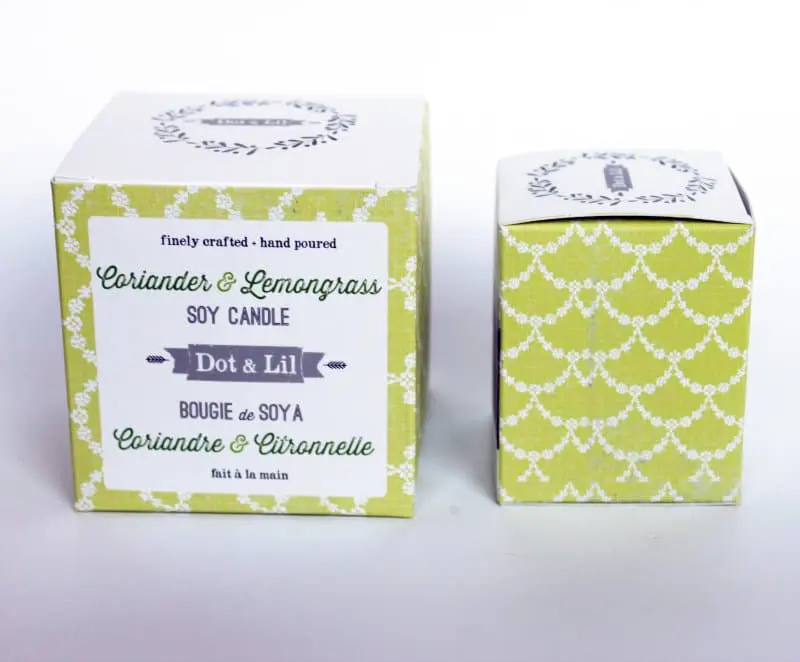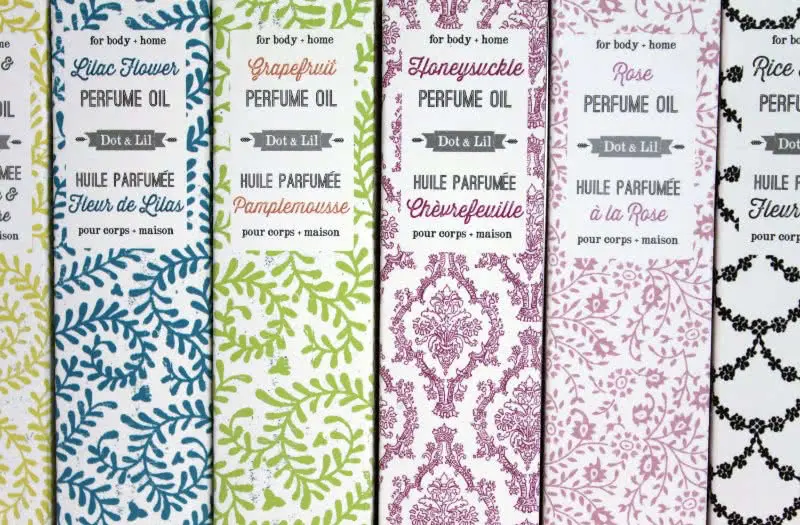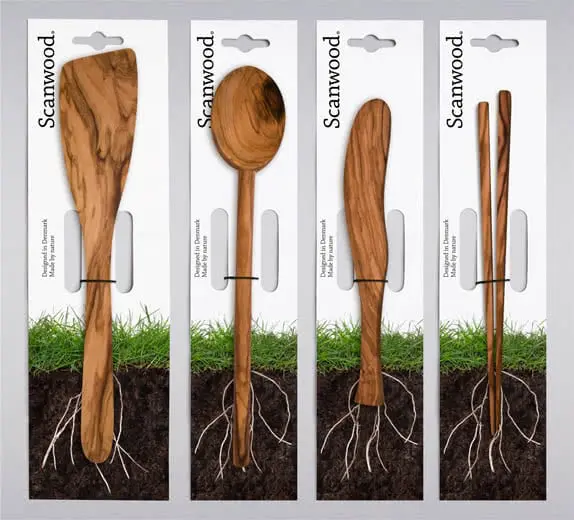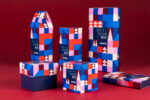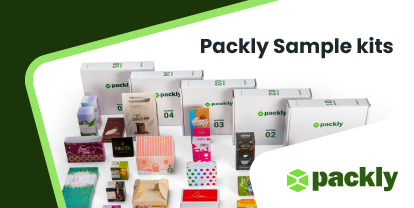Storytelling is a widespread strategy in marketing. But what’s it about? It consists in telling the story of your brand, product or service. Not only to potential consumers, but also to your employees or any other kind of commercial partners.
Tell your story, engage users and make them the center of attention. Establishing a relationship in which your uniqueness stands out creates a lasting relationship with your consumers.
There are multiple ways to comunicate the things that make up your brand’s identity. Things such as company values, uniqueness of the products and technical aspects. Company values, for instance, are easier to comunicate when the distribution takes place in person. In these cases, the sales employee will provide the customer with all the key information relating to the product and the company.
In other commercial contexts, the description of the product and its values is only implemented through indirect advertising and sales tools. One of the main ones is packaging. Packaging, in fact, can effectively tell any story right from the top of the shelve. A box is a storyteller par excellence that captures the attention of the observer. It’s design can make it or break it in terms of purchasing decisions.

A box has an enormous potential in communicating corporate values. But before discussing it, we must answer an essential question: what is the first step in telling a story? To have one, of course! The key, in fact, is to know what you want to tell. It’s crucial to determine the message to share with your customers. This is the only way to relate to them through experiences, emotions, ideals and common values. When a brand and a consumer have these in common, a strong emotional bond can take place between the two. In fact, involvement is a determining factor for the success of a company. Emotional involvement, in particular, promotes user loyalty and gives added value to the corporate image.
Once the message has been established, it’s time to define the ways to spread it. Each brand tells a story. A story can be told in written form, by word of mouth, directly and indirectly. This kind of story mustn’t have gaps. The risk of having gaps in your story is a series of misconceptions. Remember: any time a reader finds a gap, his brain is hard-wired to somehow fill it in. The result of this natural human behavior could be less than ideal, if not completely incorrect.
Let’s get back to storytelling through packaging
There are two main ways to tell a story through a box. Visual and verbal. Sometimes a couple images can be enough to express the brand’s values and goals. But sometimes images are not enough, and the use of text is more desirable. Some other times, it’s better two mix a bit of the two. A well-designed logo, a few images and certain symbols are in most cases enough to attract copious attention. Every so often, however, descriptive texts are needed. A brand can, of course, combine the two. You can always capture buyers’ attention with some graphical elements and then have them read a short description on the back label. Just make it interesting!
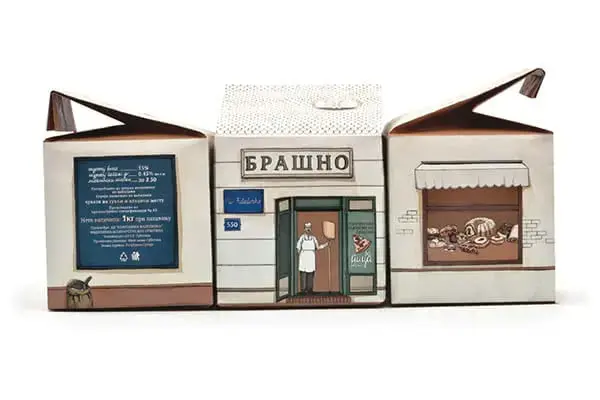
The boxes below are but a few clever examples of corporate storytelling. We dare you to pick a favorite. Or fast-route to making your own with Packly!
